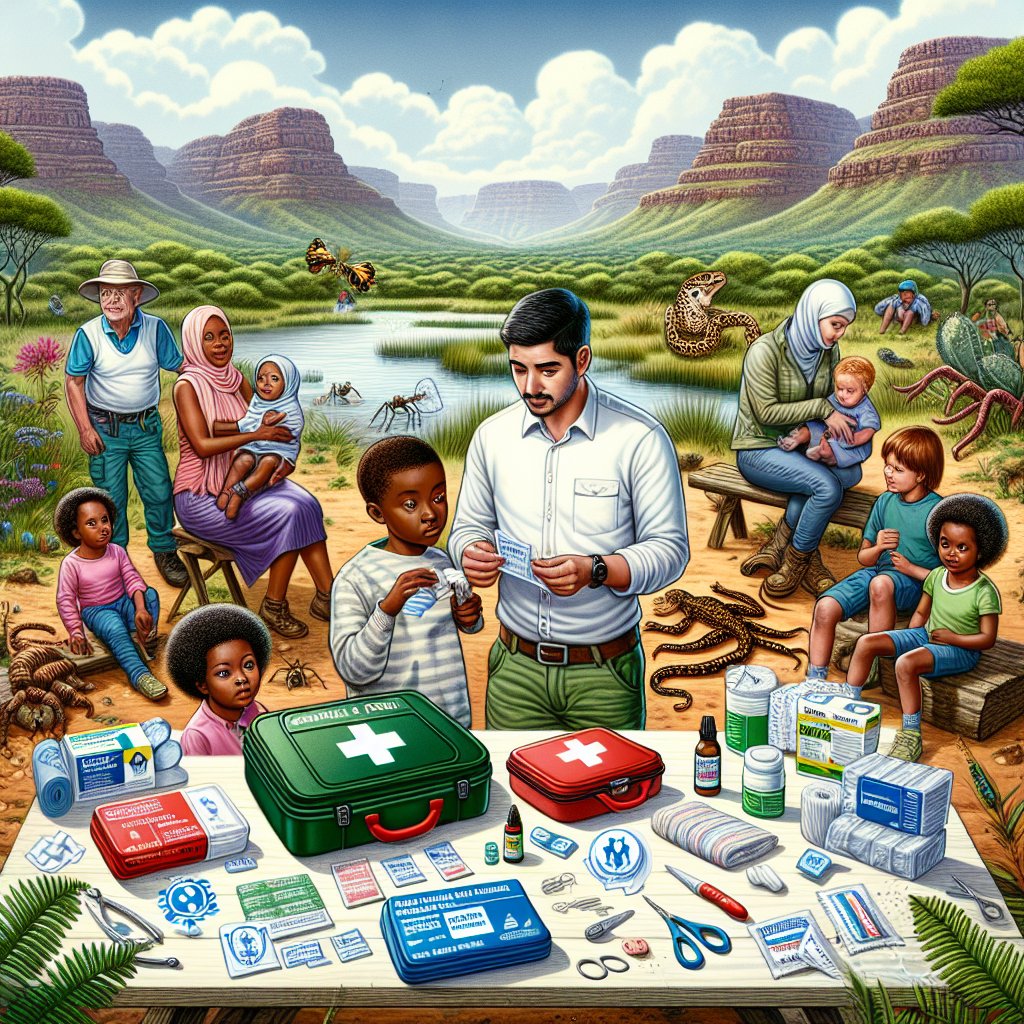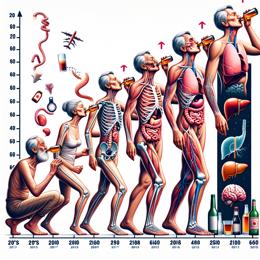Content created by AI
A Comprehensive Guide to First Aid Preparedness in South Africa
Enhancing safety and preparedness in South Africa during Prevention of Injuries Month calls for a renewed focus on first aid readiness. In moments of crisis, immediate access to a well-equipped first aid kit can make the crucial difference, potentially saving lives. From handling a burn during a family braai to responding to an unexpected snake bite while exploring the beauty of South Africa’s landscapes, readiness is key.
The South African Red Cross Society asserts the value of rapid intervention in medical emergencies, reinforcing that the early application of first aid can drastically reduce injury severity and improve survival outcomes. With diverse and sometimes challenging environments, as well as varied response times from emergency services, having the necessary supplies and knowledge within reach is an irreplaceable asset in the country.
The South African National Standards (SANS 10177-3) specify contents for a basic first aid kit that are considered fundamental in responding to most ordinary situations. These include bandages, antiseptic wipes, scissors, and pain relievers, among other items. Workplaces often require specialized additions to tackle particular hazards specific to their environments, like burns dressings for kitchens or manufacturing plants.
Tailored for the South African context, experts advise including items such as burn shields, anti-venom for indigenous snake and spider bites, and supplies to manage heatstroke and dehydration. Tanya Ponter from Dis-Chem Pharmacies underscores the importance of having a first aid kit in every household, workplace, and school. She highlights the importance of these kits for stabilizing an individual waiting for professional medical attention.
In the event of an emergency, safety must come first, followed by contacting professional help through the appropriate numbers. National hotlines such as 10177 for ambulances and 112 from mobile phones cover medical emergencies, while 10111 is designated to the South African Police Service for crimes or serious incidents.
Beyond possessing a first aid kit, having the knowledge to use it effectively is crucial. St John’s and other organizations offer first aid training courses tailored to various settings. These courses are designed not only to teach individuals basic first aid skills but also to apply them effectively depending on the scenario.
A central piece of advice from Ponter stresses the importance of accessibility of first aid kits in homes and workplaces, knowledge of how to use them properly, and the adherence to local guidelines regarding the quantity and placement of these kits. Understanding and staying current with regulations specific to one’s sector is vital to mitigate risks associated with different work or learning environments.
Ponter also points out the significance of maintaining first aid kits – from regular inspections to updating supplies that may have expired, thereby ensuring effectiveness during emergency responses. In situations where kits may fall short, having knowledge of external resources like clinics further fortifies one's preparedness.
By following these guidelines, maintaining proper training, and ensuring a well-stocked first aid kit, individuals can significantly contribute to creating safer environments. This December, in line with Prevention of Injuries Month, embracing these expert-provided tips is not just a recommendation—it is a call to arms in safeguarding the well-being of all South Africans amidst the inherent risks of daily life.










